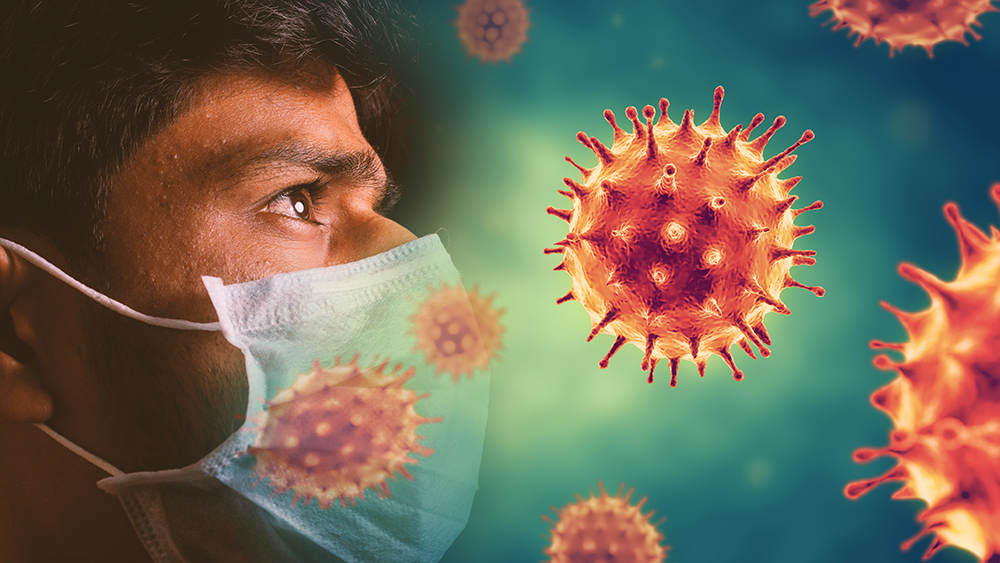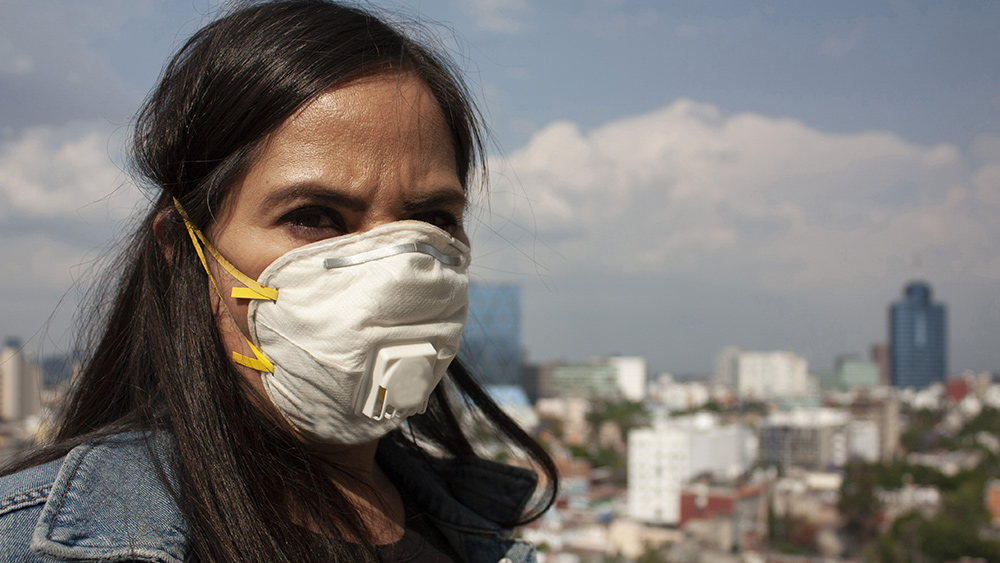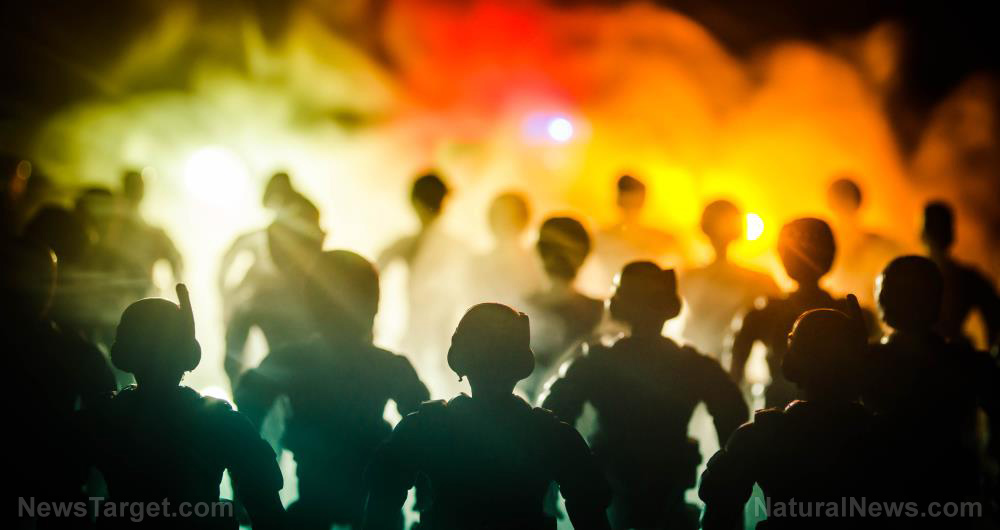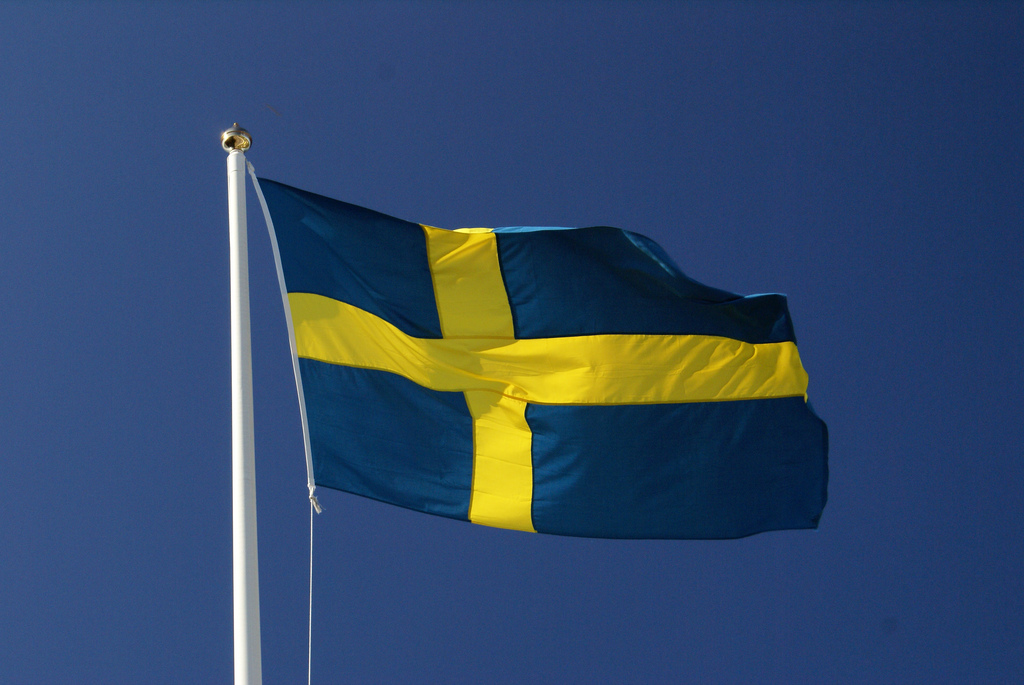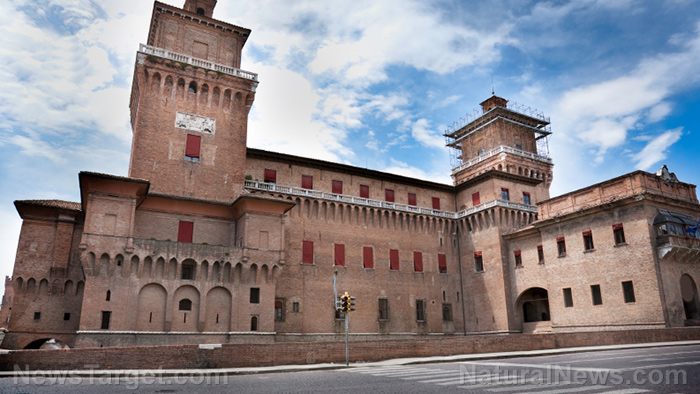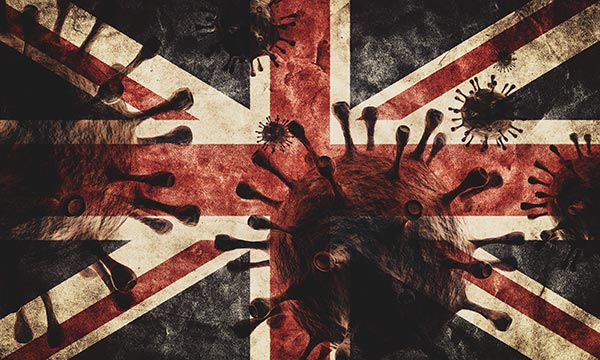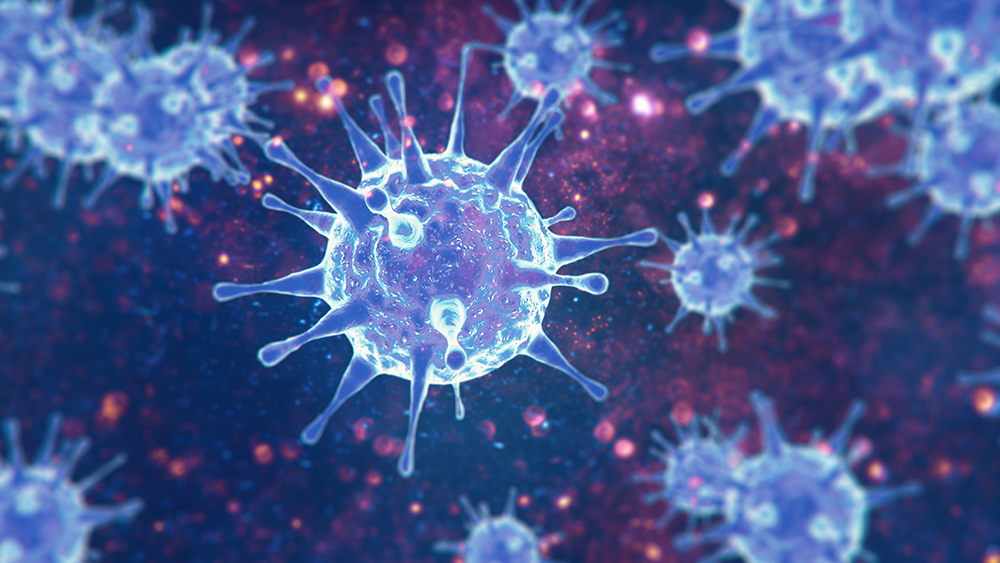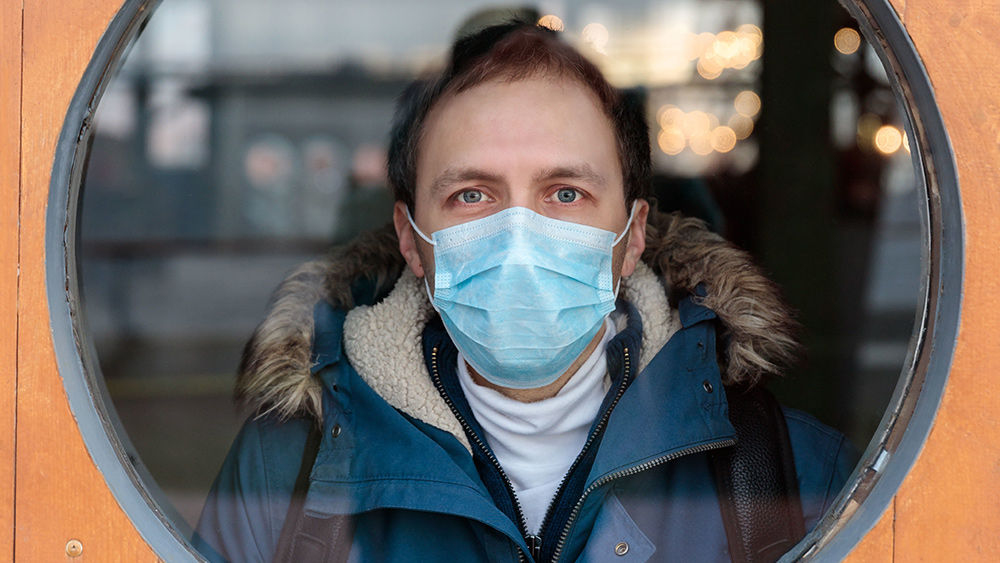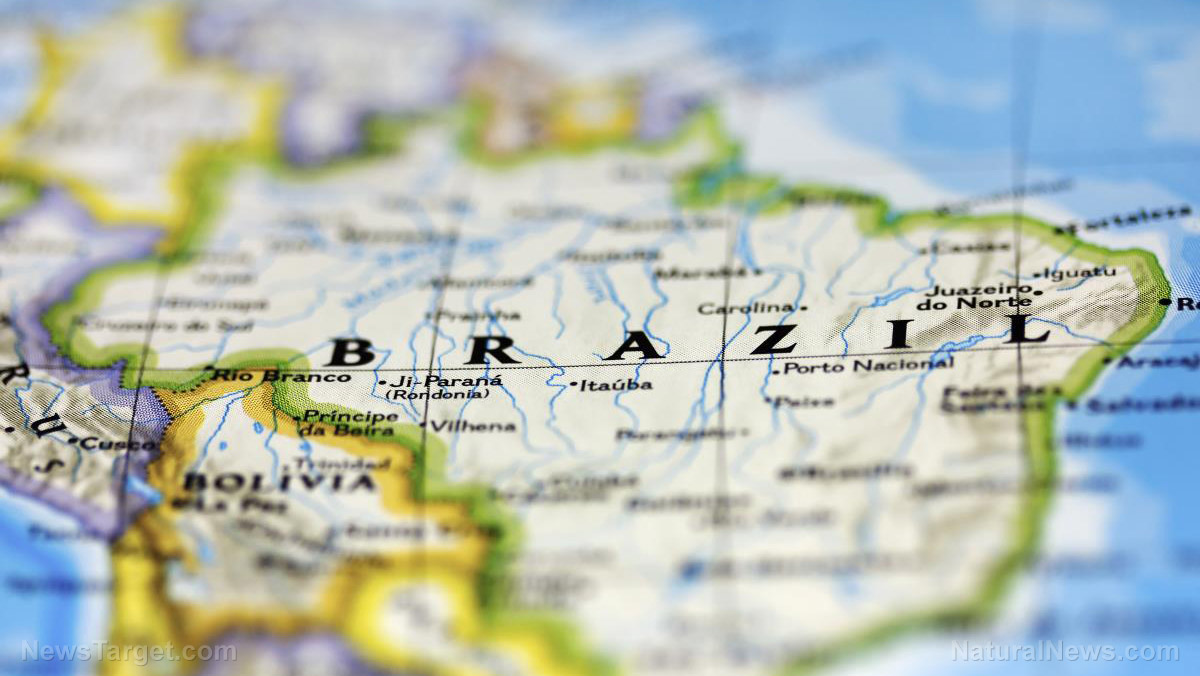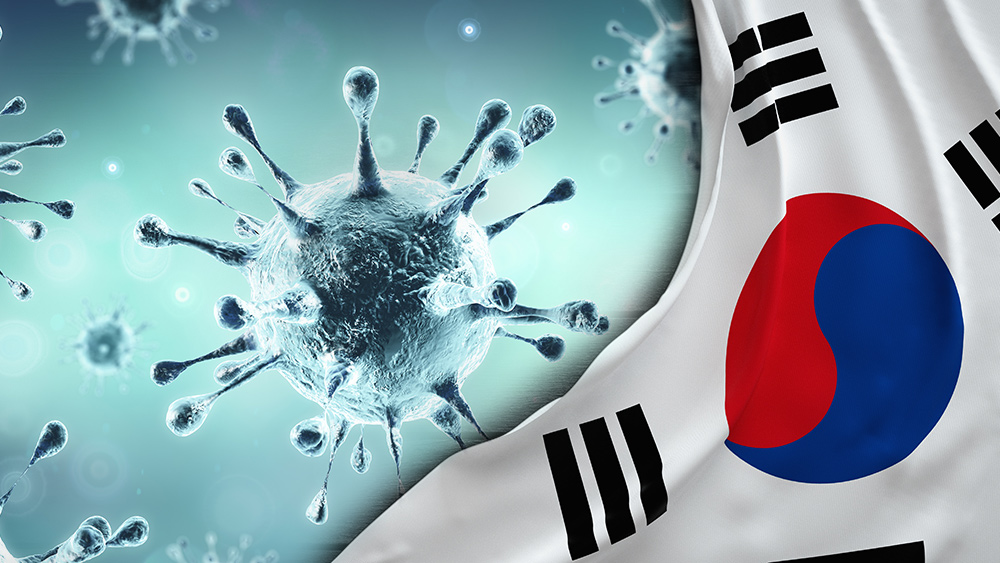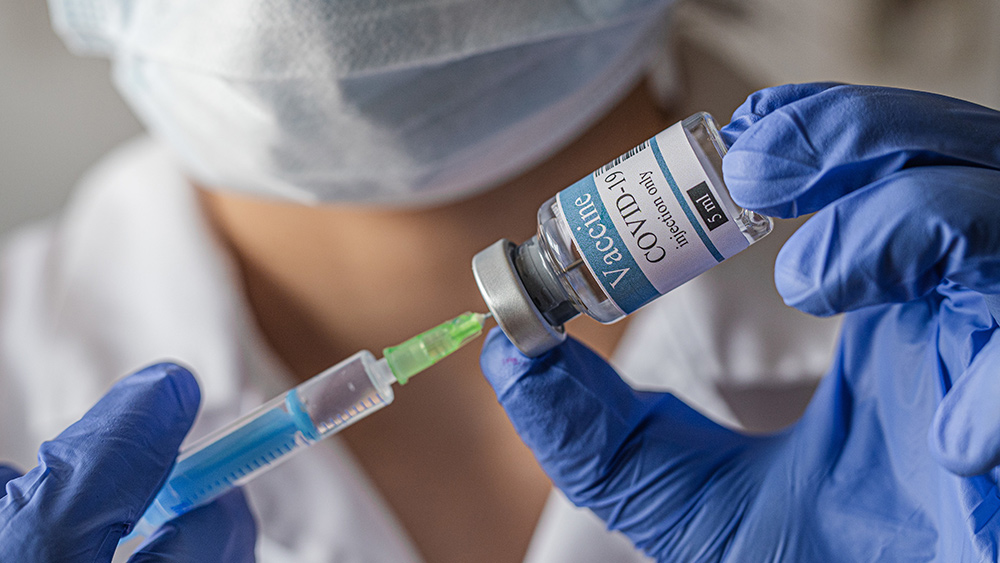Brazil reports 1,300 new deaths, total fatalities now over 32,000
06/05/2020 / By Ralph Flores
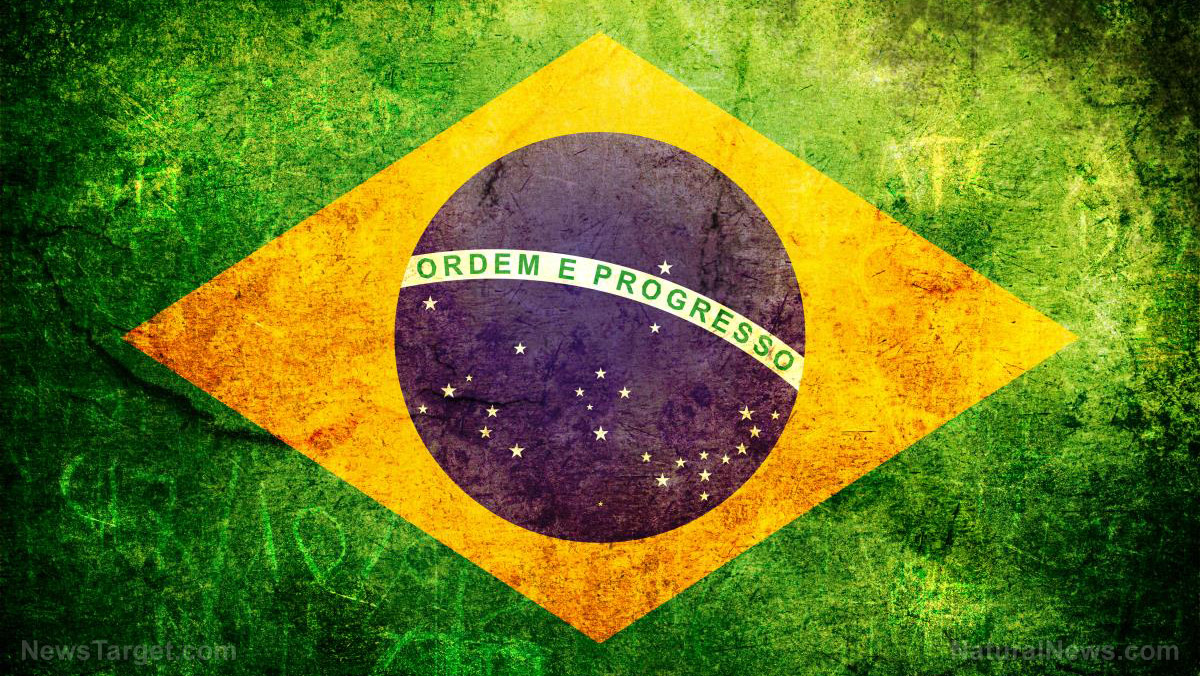
The Wuhan coronavirus (COVID-19) continues to rip through Brazil. On Wednesday, health authorities reported 1,349 new deaths – the country’s highest daily mortality to date – and 28,633 new cases, even as city and state authorities move to reopen the economy.
Currently, Brazil has a total caseload of 584,016, with 32,548 deaths. It has the highest number of coronavirus cases outside the U.S. and the fourth-highest total deaths, according to data from Johns Hopkins University.
Dr. Michael Ryan, the World Health Organization’s emergencies chief, warned Monday that the country’s peak has not yet arrived.
“It is not possible to predict when it will arrive,” he added.
Bolsonaro: “Death comes to all”
Despite these figures, President Jair Bolsonaro continues to downplay the threat of the virus.
“I regret all the dead, but it is everyone’s destiny,” the president said, speaking to supporters at his official residence in Alvorada Palace in Brasilia. (Related: Brazil becomes new global coronavirus hotspot, but Bolsonaro doesn’t even mention it in cabinet meeting.)
Bolsonaro’s resistance to social distancing measures throughout the pandemic has put him at odds with state and municipal leaders, most of whom have enforced lockdowns to head off a surge in cases. In addition, his position has complicated efforts to fight the coronavirus, which has now spread to more vulnerable regions. These include the impoverished Nordeste region, the favelas (slums) and the indigenous populations of the northwest – all of which have precarious health systems.
Even states and cities that had enforced restrictions are starting to reopen. In Sao Paolo – the country’s most prosperous state, as well as its disease epicenter, state officials have adopted a color-coded system to determine which regions can reopen businesses. Currently, the state has started to allow shopping malls and offices to resume operations. In the city of Sao Paolo, Mayor Bruno Covas has delayed reopening nonessential businesses until after June 15.
On Tuesday, health authorities reported 7,000 new infections and 327 daily deaths in the state – both record numbers. Sao Paolo accounts for nearly a third of Brazil’s caseload, with over 118,000 confirmed cases and nearly 8,000 deaths.
Rio de Janeiro has also begun to ease restrictions by reopening beaches and businesses.
“In the current situation, relaxing the measures is adding gasoline to the fire,” explained Rafael Galliez, an infectious disease expert at the Federal University of Rio de Janeiro.
Winter may bring in more deaths
Public health experts are also concerned that the upcoming winter season may cause an uptick in cases, as the outbreak has not yet peaked in the country. The Ministry of Health said that Brazil is still experiencing an increase in cases. According to a report by the investment firm UBS, only six of the country’s 27 states are peaking, and deaths are still on the rise in 21 states.
Cooler conditions in the winter, say health experts, can trigger an intense transmission of COVID-19, similar to that of seasonal coronaviruses. For Mark Lipsitch, an infectious disease expert and the director of Harvard University’s Center for Communicable Disease Dynamics, while there is a possibility that the coronavirus “may transmit somewhat more efficiently” in winter, it’s still too soon to tell the size of the increase. He does point out that colder weather and drier air, as well as how people behave, are important factors that will likely impact the trajectory of the contagion.
“It’s not just in Game of Thrones that winter is always coming — it is also true in every health service,” quipped Chris Whitty, England’s chief medical officer, in a lecture late April.e
Learn more about the ongoing coronavirus outbreak at Pandemic.news.
Sources include:
Tagged Under: Brazil, China, Collapse, coronavirus, covid-19, disaster, fatalities, Flu, global emergency, government, infections, Jair Bolsonaro, Latin America, outbreak, pandemic, Public Health, South America, superbugs, virus, Wuhan coronavirus
RECENT NEWS & ARTICLES
COPYRIGHT © 2017 PLAGUE INFO

